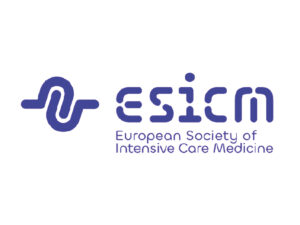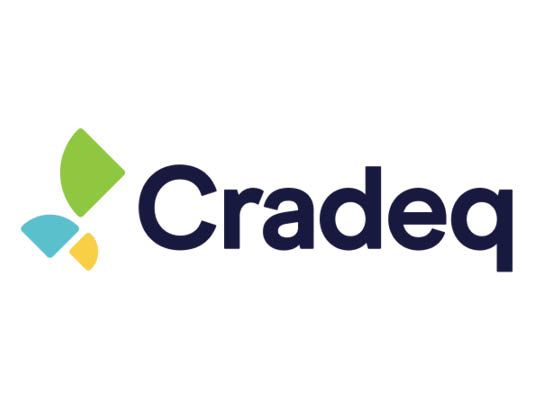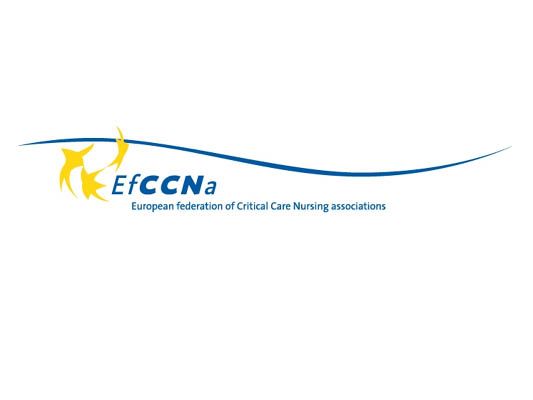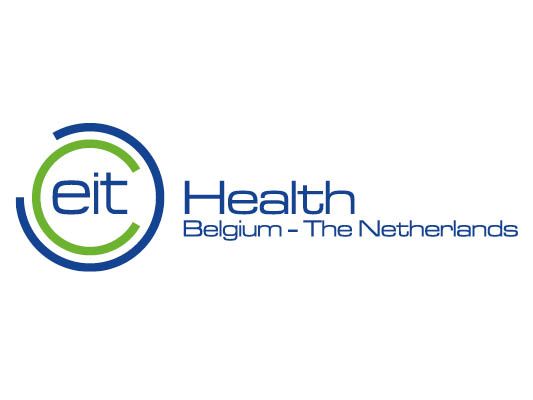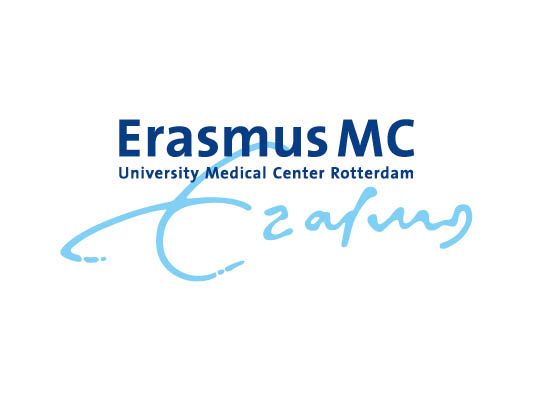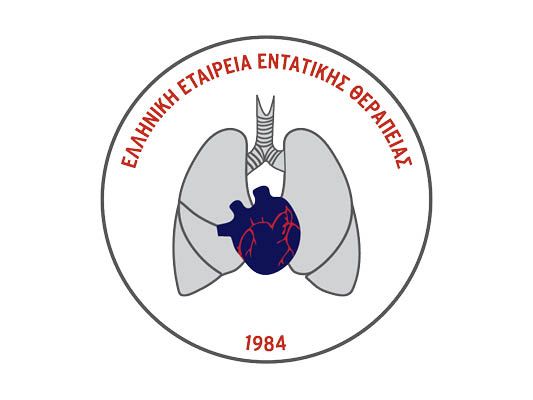
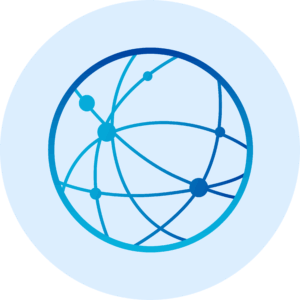 Work Package 5
Work Package 5
Dissemination, Exploitation and Communication
Dissemination, Exploitation and Communication
Objectives
- This work package includes the development of an acquisition and retention strategy to ensure exploitation by explaining and showing possible incentives for collaboration for all stakeholders.
- It will also work towards a comprehensive knowledge platform in addition to education and training materials that facilitates optimal utilisation of the infrastructure by data controllers, data users, service providers, and infrastructure providers.
Tasks
The development of a comprehensive knowledge utilisation and communication plan, distinguishing different target groups, media tools and messaging plans appropriate for the content and target group (D5.1). Relevant user groups for communication and exploitation will be identified from the communication strategy and form the basis of the target groups for user groups. These will at least include members of the hospital management, administration and communications, data protection officers, quality control managers, clinicians, nurses and allied healthcare professionals working in ICU, researchers and innovators, IT specialists, academic organisations and scientific societies, and policy makers. This includes the following subtasks:
- T5.1.1 Establish a pan-European network of communication advisors that will jointly co-create various items from the communication strategy during the whole length of the project.
- T5.1.2 develop a comprehensive strategic communications and dissemination plan keeping in mind the different stakeholders, and their objectives. The communication network will closely work together with ESICM to disseminate outcomes to the European Parliament through the EU Parliament Interest Group on Intensive Care that ESICM set up to facilitate dialogue between Members of the European Parliament (MEPs) and the Intensive Care Medicine community on all matters directly connected to the functioning of Europe’s ICUs and the field of Intensive Care Medicine.
- T5.1.3 Create a corporate style for the project, including a logo and carriers such as presentation templates, letter heads, etc.
- T5.1.4 Set-up a public website (https://indicate-europe.eu/) where interested parties can find information about the project, such as the planned activities, development roadmap, project results, news, media reports (interviews with partners about the project), and planned activities.
- T5.1.5 Create an internal newsletter to share output and outcomes to all partners.
- T5.1.6 Develop content packages based on the objectives of the stakeholders.
- T5.1.7 Comprehensive knowledge utilisation and communication plan.
- T5.1.8 Set-up professional social media channels such as LinkedIn and X to raise awareness about the project and its added value to public health and innovation across Europe. We will use data-visualisation techniques to explain the complexities of AI and federated data access. A bi-weekly take-over of the social media channels by the involved communication advisors of the partners will be implemented.
- T5.1.9 Summarise scientific publications detailing the demonstration projects in open access journals and international conference presentations to showcase the infrastructure’s capabilities. These scientific publications will be simplified into B1-level use of language, combined with visual representations and visualisations of the scientific insights.
This task aims to set-up a network of communication leaders among the project partners and other important stakeholders, including the Data Space Support Center, EIT-Health, Testing and Experimentation Facilities for Health AI and the European Society for Intensive Care Medicine to organise outreach activities, such as workshops, webinars, and conference meetings. This includes the following subtasks:
- T5.2.1 Set up a network of communication leaders within external stakeholders.
- T5.2.2 Organise a hackathon targeted at innovators, with a specific focus on SMEs to allow them to work with the infrastructure free of charge.
- T5.2.3 Organise two datathons to assist researchers in setting up and conducting research projects using the federated infrastructure for ICU data.
Deployment of a collaborative knowledge transfer platform as part of the infrastructure. It will be hosted alongside the infrastructure to disseminate the education tracks and training materials as well as templates and frameworks for ethical and legal policies and documentation.
- T5.3.1 Set-up account-based, open registration and easily accessible to facilitate communication and onboarding of new potential users/stakeholders into the infrastructure.
- T5.3.2 Draft templates to host learning material to engage and retain qualified stakeholders.
- T5.3.3 Optimise recommender systems to propose content in a standardised, structured, and personalised way, it effectuates peer to peer interactions to induce, facilitate, support and assess collaboration.
- T5.3.4 Set-up seamless links to the infrastructure where collaborative projects are executed.
- T5.3.5 Implement the different platform modules (e.g. public website, community platform with user-generated content, academy with learning material, matchmaking engine) to work seamlessly together.
- T5.3.6 Establish a Training and Education Workgroup with a multi-professional cross-sectoral educational background to support the deployment of the knowledge platform. It will include members from WP 2, 3, 4 and 6, educational strategists, experts in needs assessment, curriculum development, instructional design, evaluation, statisticians, IT specialists, healthcare workers, patients and/or patient representatives. The taskforce will ensure fluent communication with the other WPs; ensuring that training and education will be shaped according to the development of the other WPs.
This task sets out to create specialised and targeted education tracks that support successful implementation and use of the infrastructure and will be developed according to the ADDIE Model. The educational tracks will include online and on-site workshops, online self-learning, and blended learning programs.
- T5.4.1 Analyse educational needs of each target group (clinicians, researchers, innovators) and stakeholders (data providers, data users, service provider and infrastructure providers)
- T5.4.2 Set-up tailored instructional design and development of educational content. Development will take an iterative approach for continuous implementation, evaluation, and improvement in sync with the development of the technical work packages (WP2 and WP4) and the ethical and legal framework in WP3, as the technical and legal documentation and acceptance testing will contribute to education content materials.
- T5.4.3 Validate and test the education materials during the use case demonstration projects of WP6.
Lead
Task leads







